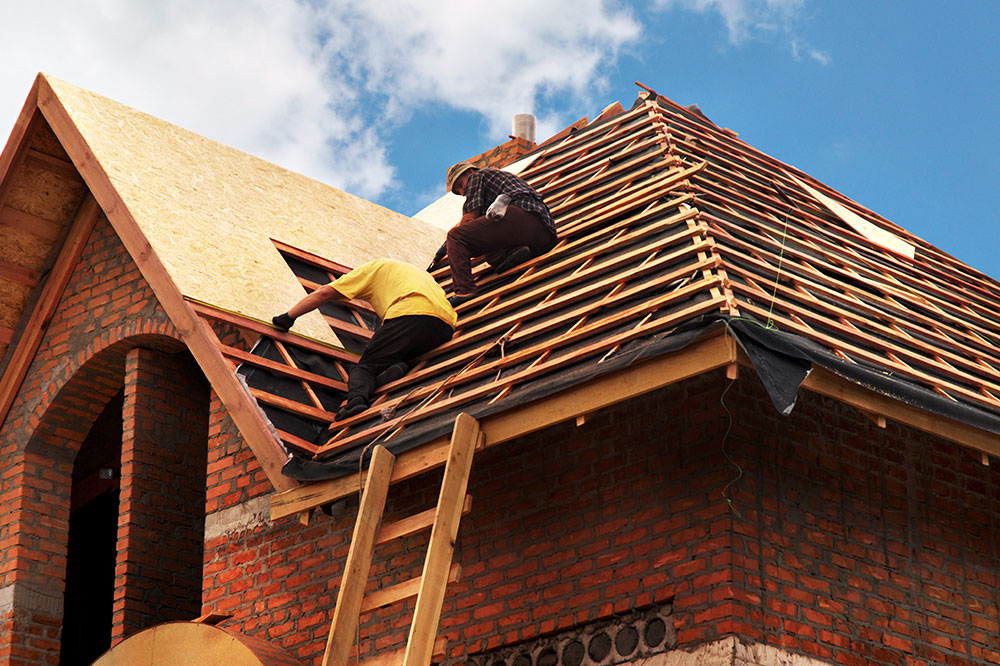Key Strategies for Effective Roof Maintenance and Repair
This article offers expert advice on roof maintenance and repairs, emphasizing early damage detection, DIY fixes for minor issues, and choosing skilled contractors. It highlights cost factors, safety tips, and money-saving strategies to prolong your roof’s lifespan and avoid costly replacements, making it a valuable resource for homeowners seeking effective roof care.

Key Strategies for Effective Roof Maintenance and Repair
Your roof is essential for protecting your home against weather elements like sun, rain, snow, and hail, maintaining a dry and safe environment. Over time, it can sustain damage or wear out, resulting in leaks or mold growth. Instead of costly replacements, homeowners often opt for focused repairs—either DIY or professional—to keep their roofs in optimal condition.
Signs of Roof Damage
Early detection of roof issues can prevent extensive damage. Watch for these signs-
Missing or damaged shingles (holes, tears, granule loss)
Moss or algae growth in roof valleys
Water stains on ceilings or in the attic
Water pooling on the roof surface
Ice dams forming in winter
Sagging or dips in the roof
Unexpected rises in energy bills
Clogged gutters or overflowing drainage systems
DIY Roof Repair Tips
For minor damages, DIY fixes can save costs. Start by assessing the damage and gathering essential tools such as gloves, safety glasses, ladder, shingles, roofing cement, nails, pry bar, sealant, and tarp.
Safety first: wear protective gear and follow manufacturer instructions carefully. For larger damages, hiring professional roofers ensures safety and quality workmanship.
Cost Estimates for Professional Roof Repairs
Repair costs depend on damage severity, materials, roof design, and location. Factors include-
Extent of Repair- Small fixes like leak patching or shingle replacement range from $150 to $1,000. Moderate repairs may cost $1,000 to $2,000, while extensive replacements can surpass $8,000.
Material Types- Asphalt shingles are affordable and common, whereas slate or metal options tend to be pricier, influencing overall costs.
Roof Structure & Access- Repairs involving structural elements or hard-to-reach areas increase expenses, especially if support beams or trusses are affected.
Location- Urban areas typically have higher labor and material costs compared to rural regions.
Choosing a Reliable Roof Repair Service
Ensure quality repairs by considering these tips:
Read Reviews- Check recent customer feedback to evaluate the contractor’s reliability and workmanship.
Opt for Local Firms- Local service providers are familiar with regional codes and easier to contact for follow-up work.
Compare Multiple Quotes- Obtain detailed estimates from various contractors, including material, labor, and cleanup costs. Watch for hidden charges or vague warranties.
Focus on Quality- While budget matters, choosing experienced and reputable contractors ensures long-lasting results and reduces future issues.
Money-Saving Tips for Roof Repairs
Proper maintenance can lower repair costs over time. Consider these strategies:
Conduct regular inspections, especially after storms or severe weather.
Check if your insurance policy covers weather-related damages.
Promptly fix small leaks during wet seasons to prevent bigger issues.
Educate yourself about your roofing system for better repair and maintenance decisions.
Take advantage of rebates or incentives for eco-friendly roofing materials through local or federal programs.


